Alphabet Recognition Normal Letter Recognition Worksheets for Ages 5-9 - Page 2
30 filtered results
-
From - To
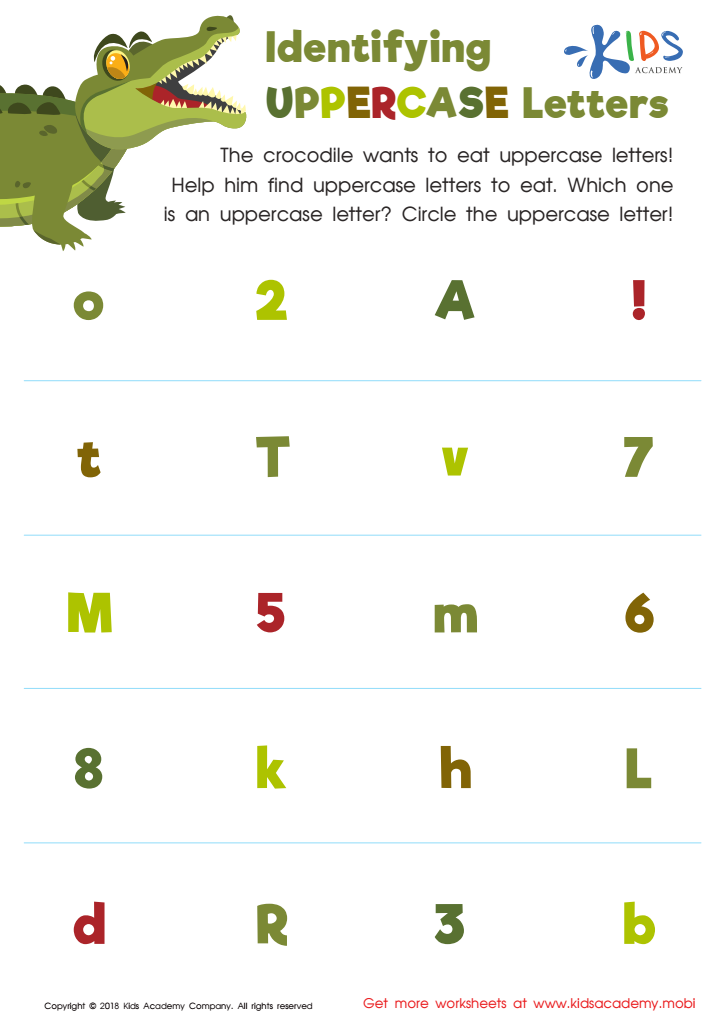

Identifying Uppercase Letters Worksheet


Letter H Coloring Sheet
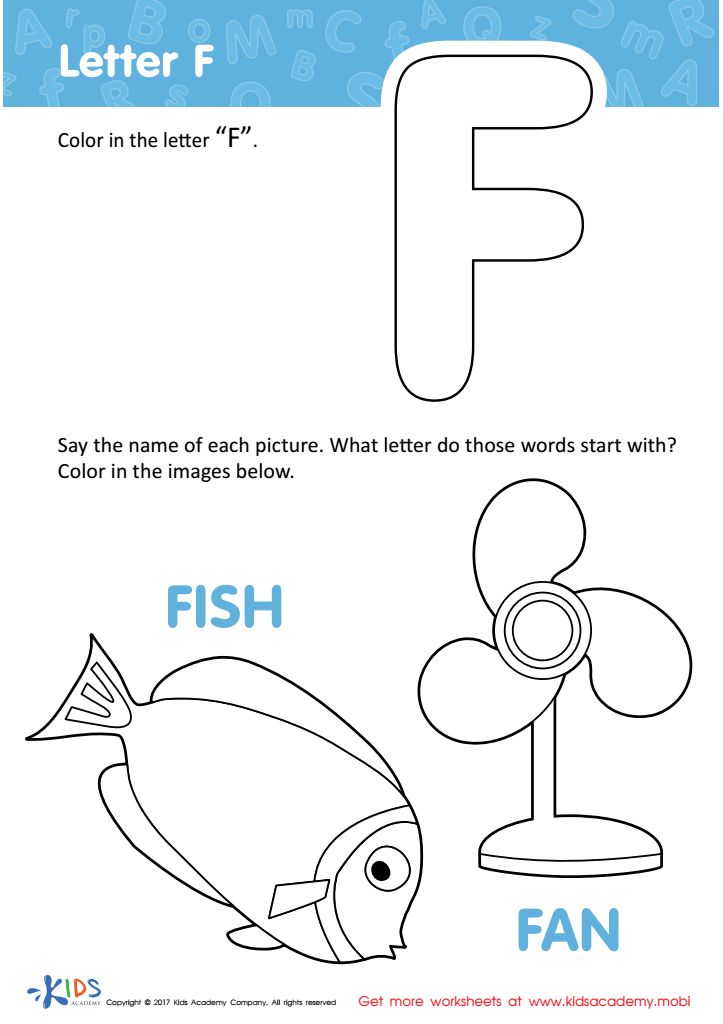

Letter F Coloring Sheet
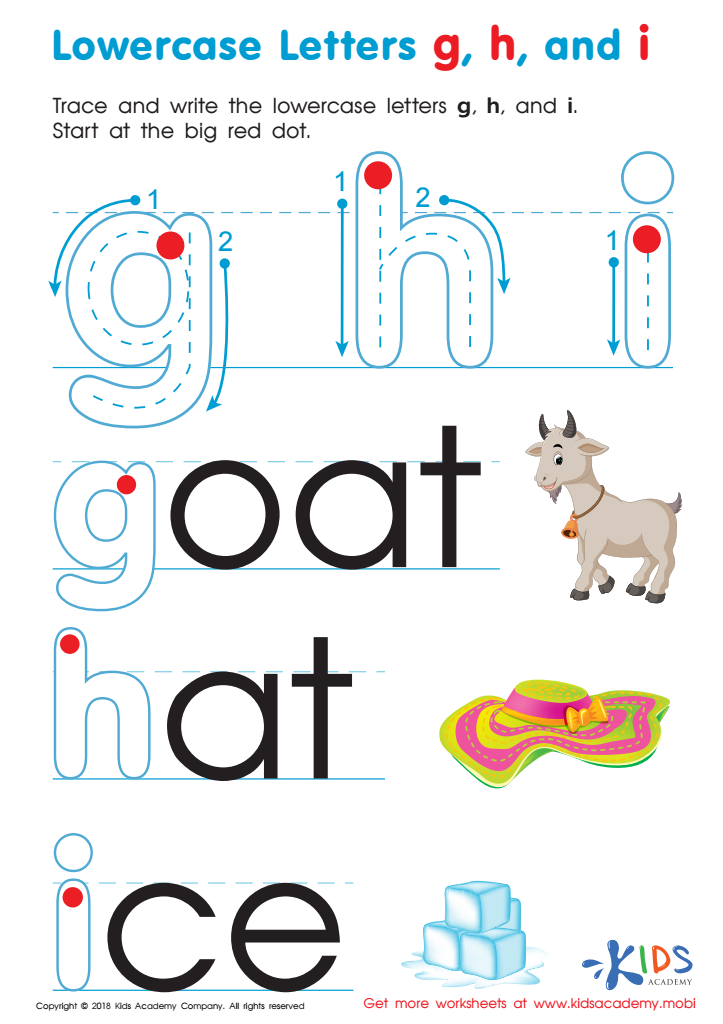

Lowercase Letters g h i Worksheet
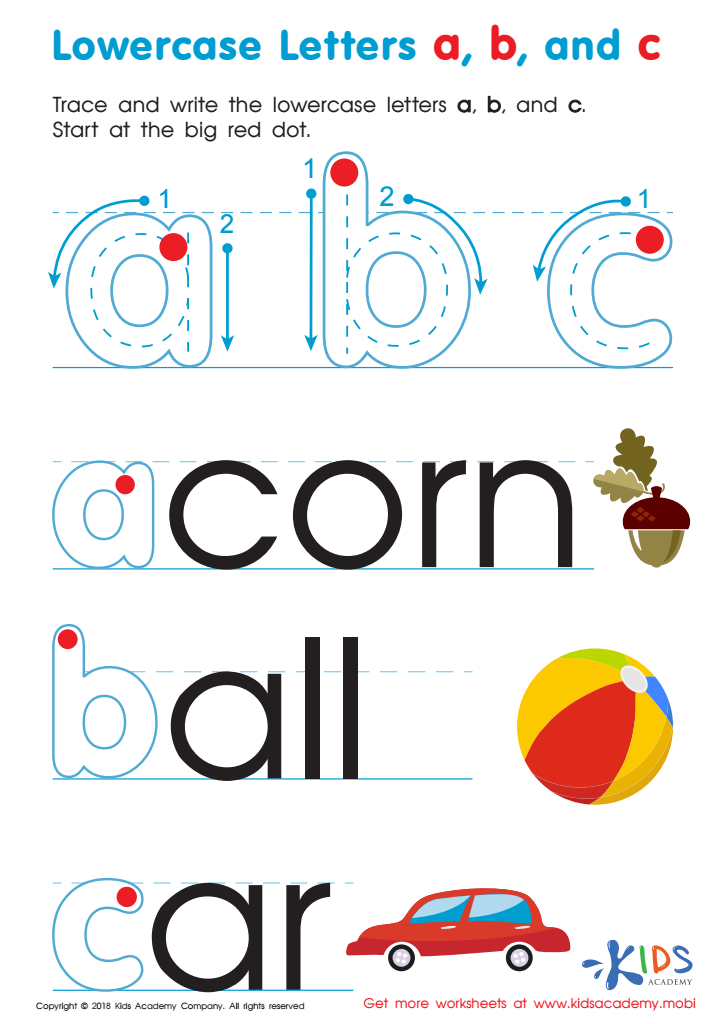

Lowercase Letters a b c Worksheet
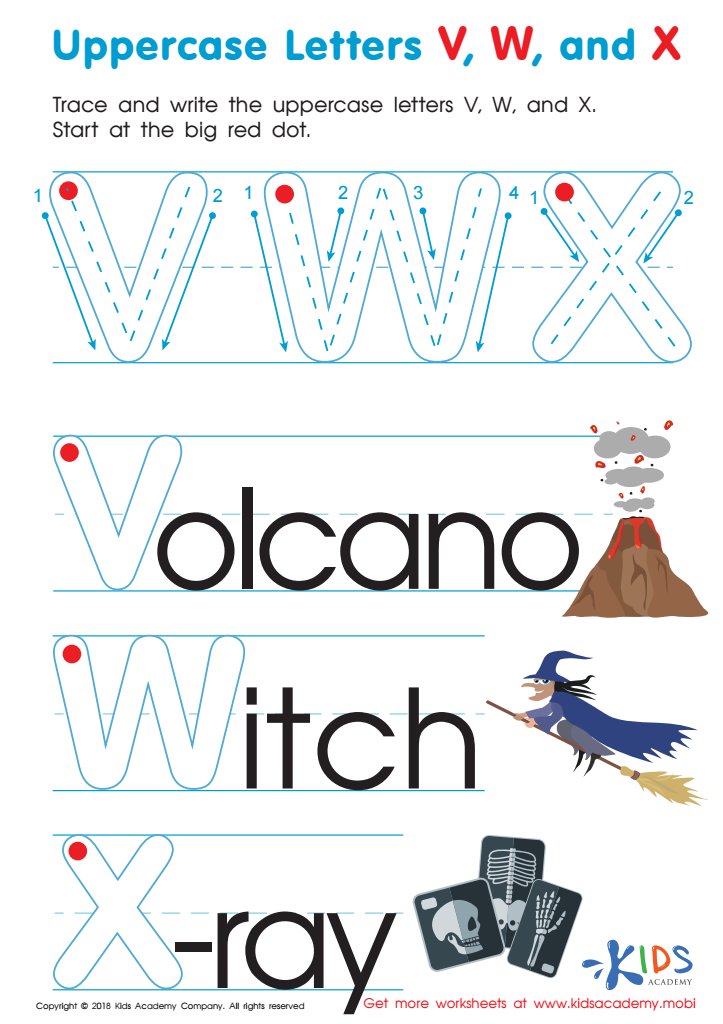

Uppercase Letters V, W, and X Worksheet
Alphabet recognition is an essential foundational skill for children ages 5-9 as it serves as the critical building block for early literacy development. When children can easily recognize and identify both uppercase and lowercase letters, they are more equipped to understand the relationship between letters and sounds, a skill crucial for effective reading and writing.
Parents and teachers should stress the importance of alphabet recognition because it enhances cognitive development. It is during these early years that children’s brains are most receptive to acquiring new information. Familiarity with the alphabet allows kids to comfortably navigate through the complex process of syntactic recognition, progression to word recognition, and eventually reading fluency.
Moreover, early proficiency in alphabet recognition lays the groundwork for future academic success. Studies show that children who enter school with proficient literacy skills tend to perform better in all subjects, not just language arts. This foundational skill fuels their confidence and propels their enthusiasm towards learning.
Finally, in a broader context, alphabet recognition contributes to a child's ability to communicate effectively and develop critical thinking skills. Hence, focusing on and supporting this skill helps create a stable base for continuous curiosity and learning, fostering effective communication and problem-solving skills essential in everyday life.
 Assign to My Students
Assign to My Students















